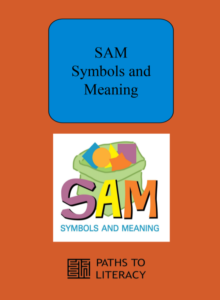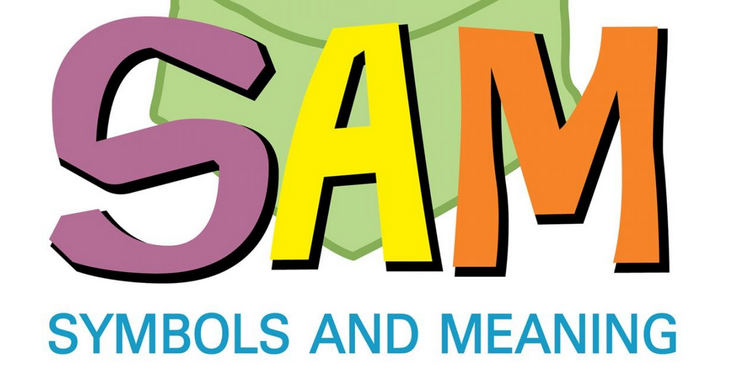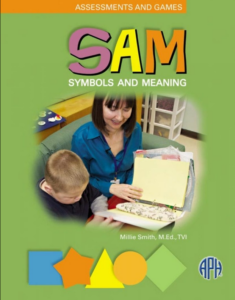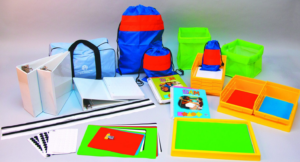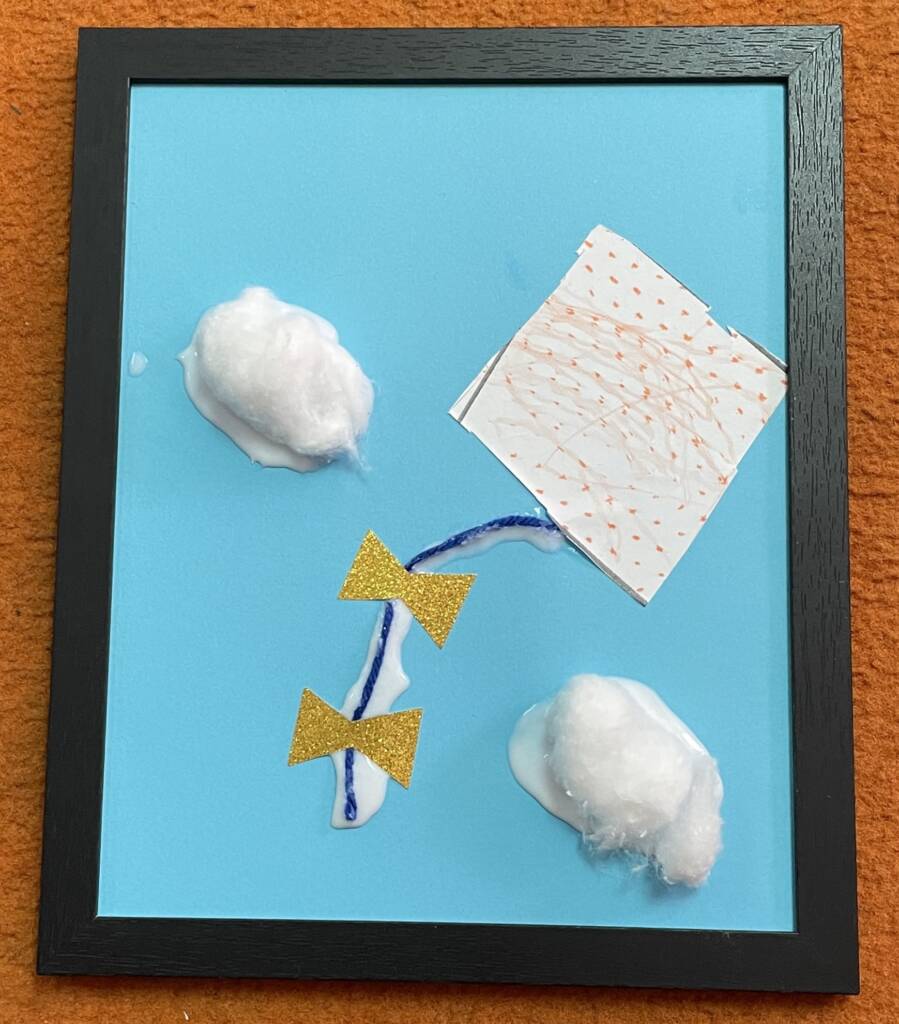SAM is a symbols and meaning approach developed by Millie Smith. It is available through APH (American Printing House) who has developed a SAM kit, a guide book, games, an electronic assessment piece, and videos to guide the instructor through this learning approach.
Using SAM enables learners to understand:
• What is it?
• What does it do?
• How does it relate to other things?
Paths to Literacy posted an article about Strategies for Assessing and Teaching Students with Visual and Multiple Disabilities. This video examines how learners at the sensorimotor level acquire information and progress through the learning stages and is a great starting point for learning more about the SAM approach.
In the video, Millie Smith explores how learners at the sensorimotor level acquire information and progress through the learning stages. She notes that learners begin by acquiring sensory information, then storing it, retrieving it, and using it. The primary behavior of learning at the sensorimotor stage is exploring. At this stage, learners are busy finding out the answer to “what is it like?” as they explore the objects in their environment. They then start to ask “what does it do?” and these two questions are the foundations of cognitive development, as they try to make sense of the world in which they live.
SAM Symbols and Meaning Kit
APH has developed a kit for purchase and is federal quota eligible.
The SAM guidebook, that is included in the kit, provides strategies for developing a strong sensory foundation for concepts about people, objects, actions, and places so that symbols referring to them are meaningful.
People: The self and others
Objects: Tangible things
Actions: Body movements of the self and others
Places: Where things are, contexts for groups of things
SAM Games
APH has developed 18 SAM games that reinforce the meaning of symbols of objects in natural environments and then build on the use of these symbols for communication. APH breaks down the 18 SAM games with video instructions and examples on how to play each game.
SAM Assessments
APH provides a four part assessment with an electronic assessment tool that they recommend using after reading the SAM guidebook and the games book. The electronic assessment tools are designed to be used in tandem with the SAM Kit.
- Symbol and Referent Analysis: Common Words
- Symbol and Referent Analysis: Academic Vocabulary
- Environmental Gap Inventory: Missing Concepts in Common Environments
- Curriculum-based Gap Inventory: Early Academic Skills and Basic Concepts
For more information visit the APH website
More articles:
Q & A about Sensory Activities to Improve Communication and Literacy for Children with Visual and Multiple Disabilities
Using Tactile Symbols to Support Communication
